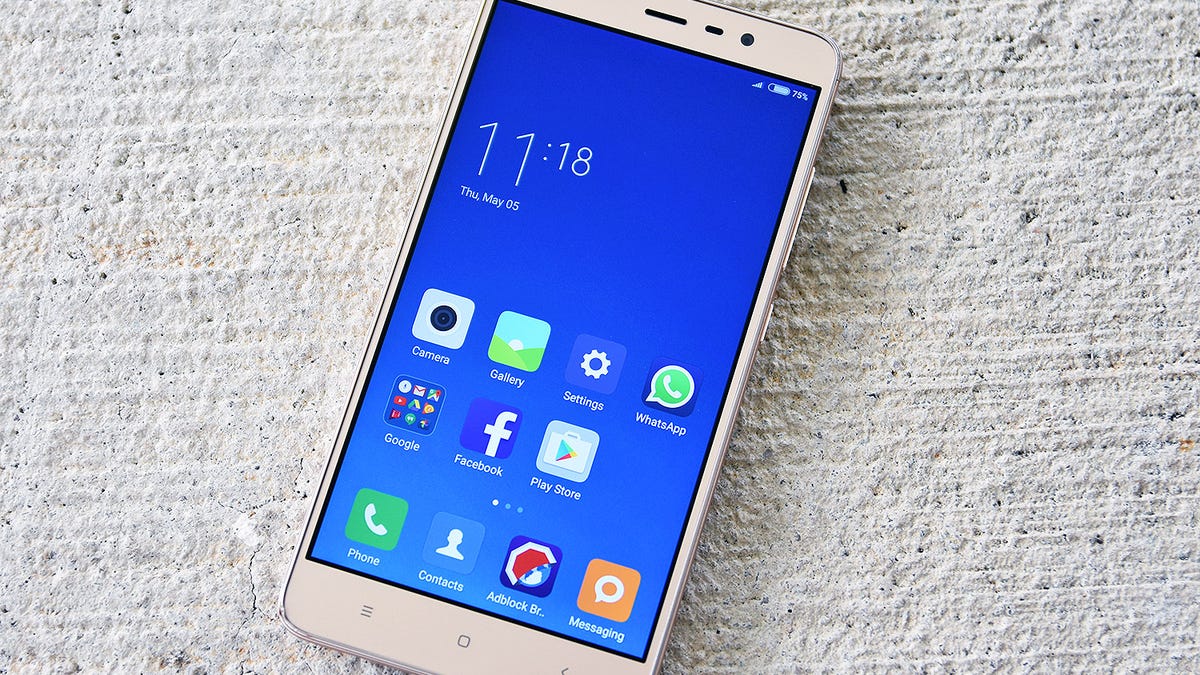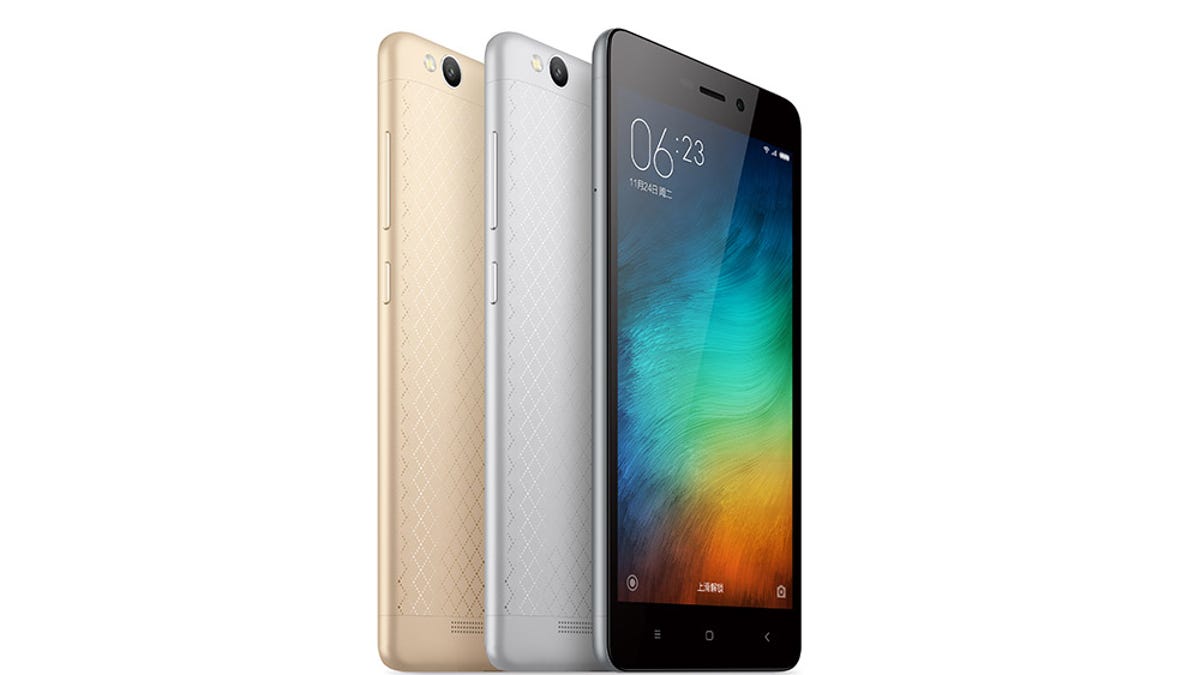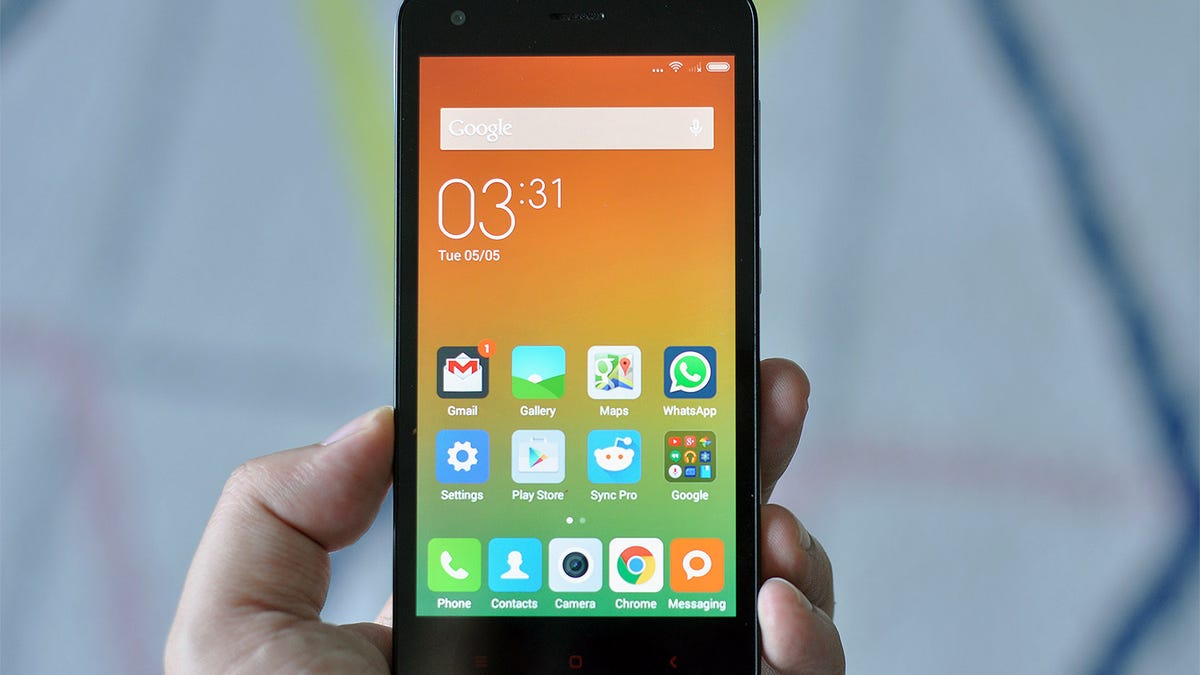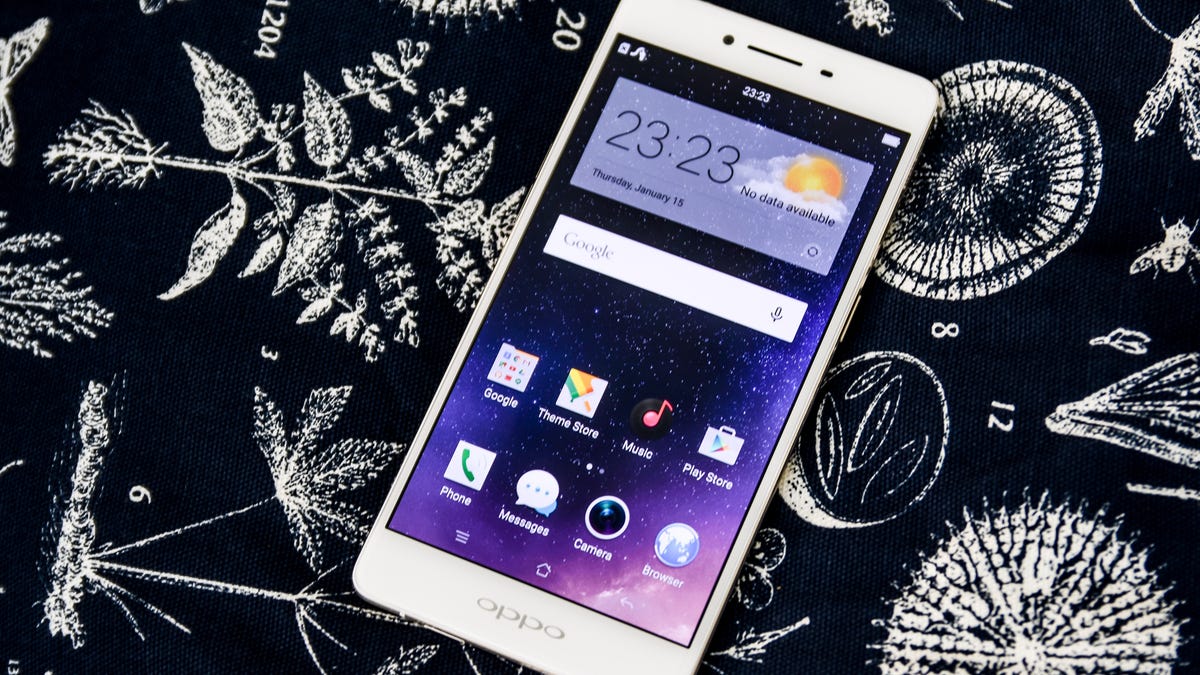
Xiaomi Redmi Note 3 review: Big, cheap and comfortable
I've always been a big fan of Xiaomi's phones and the Redmi Note 3 is no exception, but also may now be my new favourite. That's partly because of the phone's classy metal body (upgraded from plastic on previous models) and partly because of its low price (around $220, £150 and AU$290, respectively). But it's mostly because Xiaomi has turned out a quality product that fits well into my lifestyle. However, if you're outside of Asia, you'll have to work some online magic to get the phone, and it may not work as swiftly with your carrier if it doesn't support your network's bands, so you'll need to check.
Budget phones usually skimp on storage space, but not the comfortable, 5.5-inch Redmi Note 3. This guy comes with 32GB, and if you need more, you can use one of the phone's dual-SIM slots as a microSD card slot for up to an additional 32GB of storage. Gaming performance was great; I loved the smooth framerates on Asphalt 8 and when switching between apps and sending emails, I rarely experienced any noticeable delay. The Note 3's non-removable battery lasted nearly-14 hours in our video looping battery test; a respectable number for the vast majority of phones.
Software wise, Xiaomi's usual MIUI skin runs over the Android 5.1 Lollipop operating system. Since all the app icons spread out across multiple home screens, it looks like a mix of Android and iOS. But other cool features, such as the ability to quickly move all the apps on one screen to the next, and weekly security updates, help make up for the atypical layout. While it isn't standard Android, MIUI does a great job making the phone easy to use, especially with a "Lite mode" which simplifies the interface for not so tech-savvy types.
The phone still uses physical keys instead of onscreen menu buttons.
Now, if there's one thing that I downright didn't like, it's the Redmi Note 3's lackluster camera. It's slow and lacks Auto HDR (high dynamic range), which meant I had to manually turn this mode on. It also had some exposure troubles, which resulted in slightly darker images unless you adjusted the exposure setting yourself before shooting. Neither is a deal-breaker, but they did knock down my experience a few pegs.
While it's a bit heavier than your typical flagship phones, the Redmi Note 3 is still comfortable to hold, and after switching back to my daily phone, I missed having the Note 3's rear-mounter fingerprint sensor. Truly, for the price, it's an excellent budget phone at any size. If you can find it, get it.
Performance benchmarks
- 3DMark Ice Storm (unlimited)
- Geekbench 3 (single-core)
- Geekbench 3 (multi-core)
Xiaomi Redmi Note 3 vs ZTE ZMax 2 vs Huawei Honor 5X
| Xiaomi Redmi Note 3 | Huawei Honor 5X | ZTE ZMax 2 | |
| Display size, resolution | 5.5-inch; 1,920x1,080 pixels | 5.5-inch; 1,920x1,080 pixels | 5.5-inch; 1,280x720 pixels |
| Pixel density | 401ppi | 401ppi | 267ppi |
| Dimensions (Inches) | 5.91x2.99x0.34 in | 6x3x0.32 in | 6.06x2.99x0.37 in |
| Dimensions (Millimeters) | 150x76x8.7 mm | 151x76x8.2 mm | N/A (US-only) |
| Weight (Ounces, Grams) | 5.78 oz; 164g | 5.6 oz; 158 g | 6 oz; N/A (US-only) |
| Mobile software | Android 5,1 Lollipop | Android 5.1 Lollipop | Android 5.1 Lollipop |
| Camera | 16-megapixel | 13-megapixel | 8-megapixel |
| Front-facing camera | 5-megapixel | 5-megapixel | 2-megapixel |
| Video capture | 1080 HD | 1080p HD | 1080 HD |
| Processor | Quad-core 1.4GHz, dual-core 1.8GHz Qualcomm Snapdragon 650 | 1.5GHz quad-core Qualcomm Snapdragon 615 | 1.2GHz quad-core Snapdragon 400 |
| Storage | 32GB | 16GB | 16GB |
| RAM | 3GB | 3GB | 2GB |
| Expandable storage | 32GB | Up to 128GB | Up to 32GB |
| Battery | 4,000mAh battery | 3,000mAh (nonremovable) | 3,000mAh (removable) |
| Fingerprint sensor | Back cover | Back cover | None |
| Connector | Micro-USB | Micro-USB | Micro-USB |
| Special features | Dual-SIM card slots | Dual-SIM card slots | N/A |
| Price off-contract (USD) | $220 | $200 | $100 |
| Price (GBP) | Converts to £150 | Converts to £135 | N/A (US-only) |
| Price (AUD) | Converts to AU$290 | Converts to AU$275 | N/A (US-only) |
Source




